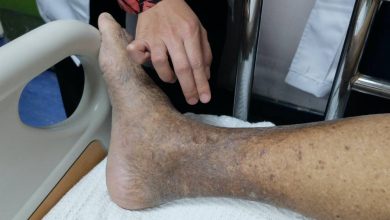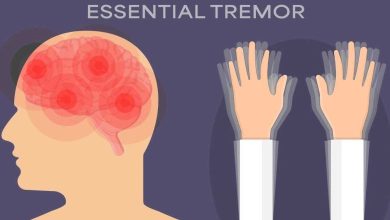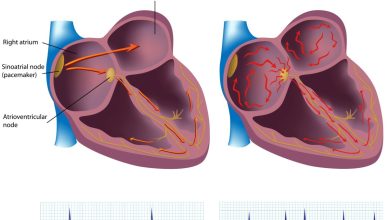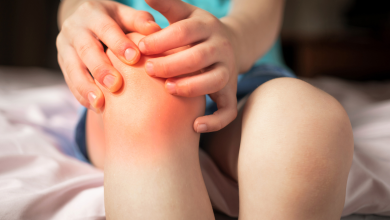Peyronie’s Disease Symptoms, Causes, Diagnosis and Treatment

What Is Peyronie’s Disease?
Formation of invisible plaque (scar tissue) inside the penis tends to cause Peyronie’s disease. Moreover, depending upon the severity of peyronie’s disease, plague makes your penis bends, leading sexual intercourse painful and hard to perform. Painful and curved erection may discourage a man from sexual intercourse, or cause difficulty to maintain or get an erection- a condition known as erectile dysfunction. Peyronie’s disease can affect the social and emotional well being of a man.
Rarely, the condition resolves on its own, however in majority instance, it tends to worsen, or continue stable. In addition to this, treatment is required in case of serious curvature.
What Are The Symptoms Of Peyronie’s Disease?
The symptoms of peyronie’s disease may appear abruptly or progresses slowly. However; few of its symptoms are:
- Plaques or scar tissue can be easily felt under your penis skin.
- The penis can bent to a side or curved downward or upward.
- Erectile dysfunction.
- Peyronie’s disease can decrease the length of your penis.
- Penile pain.
Curvature linked with the condition may slowly worse, though, it stabilizes to a certain degree in most of its sufferers. Furthermore, in most instances, pain caused during erections tends to get better within a year or two, however; usually the curvature and scar tissue persists. Rarely, pain and curvature improves devoid of any treatment.
What Causes Peyronie’s Disease?
The exact trigger of Peyronie’s disease is unclear till day, however several factors are considered to play a role in its contribution. Such as:
- Injury to your penis that occurs during athletic activities or while performing sexual activities.
- Both the penis sides contain corpus cavernosum, a tube which have numerous blood vessels. These corpus cavernosum are covered by tunica albuginea (casing of elastic tissue) that stretches during penile erection. In the condition, when your penis gets erect, the area with plaques fails to stretch causing a painful, disfigured or bent penis.
- Researchers are working hard to determine whether or not the condition is associated to specific medical conditions or inherited trait.
What Are The Risk Factors Of Peyronie’s Disease?
Not necessarily, injuries can lead to peyroine’s disease, especially minor injuries. Though, a number of factors tend to slow down the healing of wounds and help in the formation of scar tissue, which eventually play a part in triggering peyronie’s disease. Few risk factors of Peyronie’s disease include:
- Heredity: in case your father has the condition, then your chances of peyronie’s disease increases.
- A man with a connective tissue disorder is more likely to experience peyroine’s disease as well.
- Peyronie’s disease is more common in older adults as compared to young adults.
How Is Peyronie’s Disease Diagnosed?
Usually, physical exam is enough for ascertaining the existence of plaque. However, in order to confirm its diagnosis, your doctor can suggest an ultrasound.
How Is Peyroine’s Disease Treated?
In case, the symptoms are worsening gradually, the doctor can suggest:
1. Medication.
2. Therapy.
3. Other treatments such as iontophoresis.
By : Natural Health News




